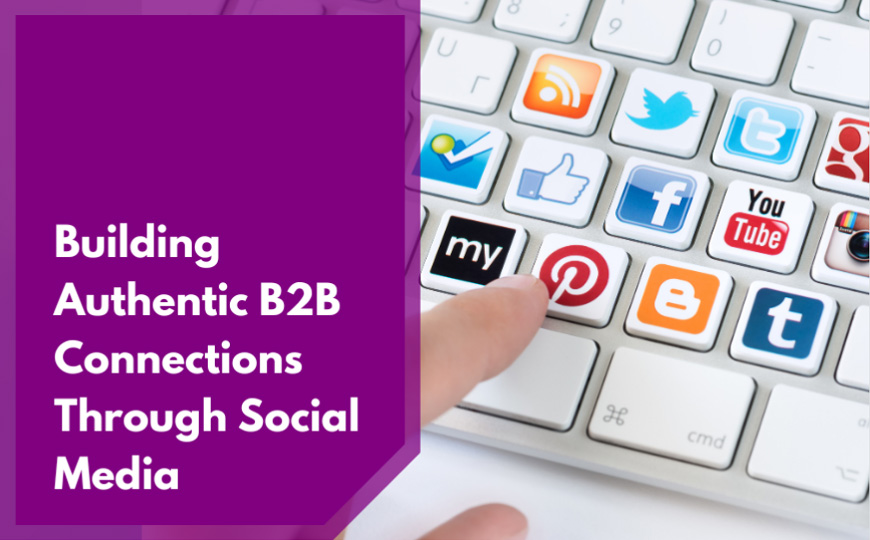When trying to build your brand awareness and create strong content that will brand your company and drive leads, businesses must identify subject matter experts who can become leaders in your industry. A subject matter expert is someone who is an authority in a particular area. Your subject matter expert (SME) is not a brand cheerleader. Their goal is not to self-promote but rather provide industry insight and solutions to general industry problems. In doing so you will create the impression that your business has experts in the field who can provide solutions to the needs of your clients.
First, Start With the Obvious
The most important place to start when trying to become a SME or thought leader is to talk about what your customers care about. Sounds obvious, right? Surprisingly, in a recent LinkedIn study, the online platform found that most businesses are, unfortunately, not doing that. The study showed that B2B consumers care about honest dialog, responsibility across the supply chain, high levels of specialized expertise, and more. They want content that fits their values and beliefs (this is actually not surprising because B2B buyers are increasingly of the Millennial generation and these are common traits for this generation). In contrast, business thought leaders are talking about sustainability, global reach, and innovation. Find out what your customers care about and start creating content specific to those needs and interests.
LinkedIn is Key To Building Your SME Status
LinkedIn consistently ranks at the top of countless surveys as the top social media platform for B2B engagement. If you don’t already, it’s imperative that you have an effective profile. Your SME will use this as a calling card; it’s how potential customers will locate them and engage with your brand. As you work on creating original content to post on LinkedIn and other social networks, get your feet wet by posting curated content. Share recommended articles specific to your industry, sync your Twitter account to post on both Twitter and LinkedIn. This gives you access to relevant content from both platforms.
Be where your customers are. Join and follow group discussions that are relevant to your industry (notice, we’re still focused on industry content to build your expertise). By watching and listening to what is happening in these groups you can start to understand what your customers care about and can develop content that is in alignment with those topics.
Beyond LinkedIn: A Step Further
Being a subject matter expert isn’t as easy as participating in group discussions on LinkedIn. It’s a fantastic start but you need to take it a step further. Reach out to industry publications and try to participate in their online content. Offer your knowledge and expertise to them as a resource. Look to national publications as well. If you’re a financial business look to participate in some of USA Today’s Money section blogs or online articles. Be a guest blogger on these types of sites can go a long way in helping you to achieve the coveted title of Subject Matter Expert.





